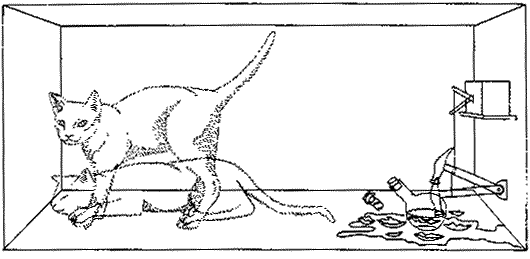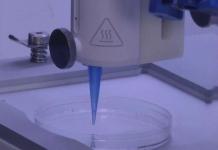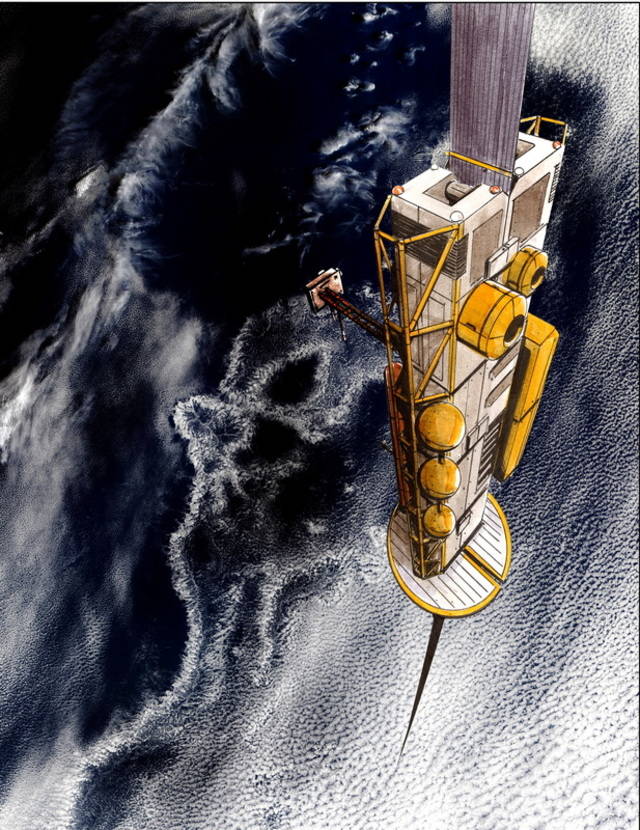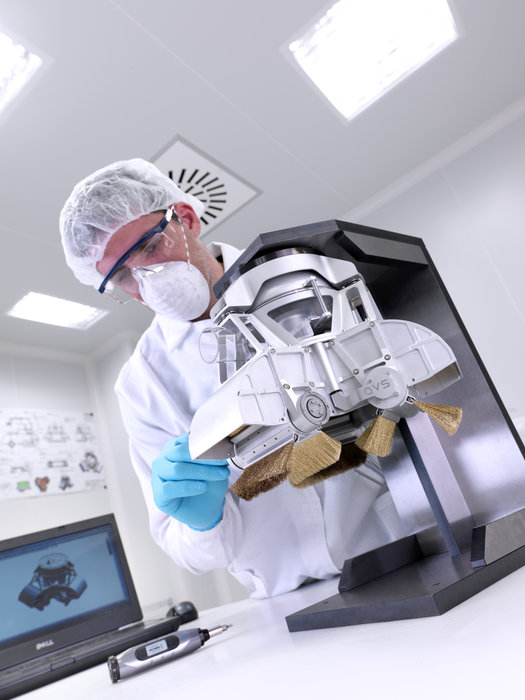With Google celebrating the birthday of Erwin Schödinger with another awesome doodle, National Geographic gives us the scientific look on his most lasting work or theory, the paradox of Schrödinger’s cat.
What is it? Well, it’s not just something that Sheldon and Penny talk about in the Big Bang Theory, that’s for sure.
A cat, a flask of poison, and a radioactive source are placed in a sealed box. If an internal monitor detects radioactivity (i.e. a single atom decaying), the flask is shattered, releasing the poison that kills the cat. The Copenhagen interpretation of quantum mechanics implies that after a while, the cat is simultaneously alive and dead. Yet, when one looks in the box, one sees the cat either alive or dead, not both alive and dead. This poses the question of when exactly quantum superposition ends and reality collapses into one possibility or the other.
Schrödinger developed the paradox in order to prove a point in quantum mechanics regarding the nature of wave particles.
According to Eric Martell, an associate professor of physics and astronomy at Millikin University, If you put the cat in the box, and if there’s no way of saying what the cat is doing, you have to treat it as if it’s doing all of the possible things—being living and dead—at the same time. If you try to make predictions and you assume you know the status of the cat, you’re most likely going to be wrong. If, on the other hand, you assume it’s in a combination of all of the possible states that it can be, you’ll be correct.
At the very heart of quantum theory, is wave function, describing all of the possible states that subatomic particles like protons and electrons can have, and their properties like energy and position.
A wave function for a particle says there’s some probability that it can be in any allowed position. But you can’t necessarily say you know that it’s in a particular position without observing it. If you put an electron around the nucleus, it can have any of the allowed states or positions, unless we look at it and know where it is. In any physical system, without observation, you cannot say what something is doing. You have to say it can be any of these things it can be doing—even if the probability is small.
For a bit more on Paradoxes, check out the 7 most difficult Paradoxes to resolve.
Via: NationalGeographic











